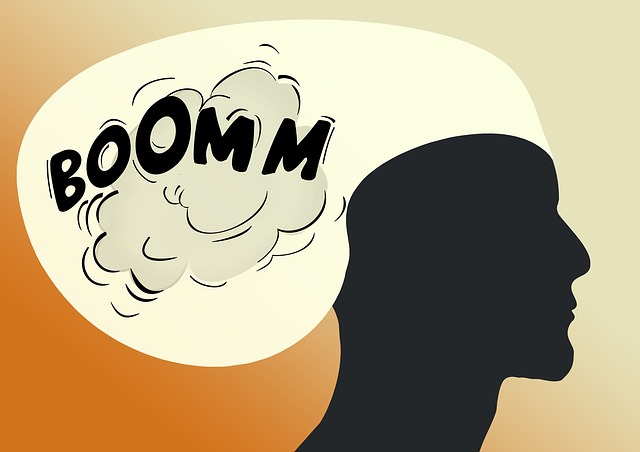Take a guess. What do you think the most widespread addiction is? Do you think it’s alcohol, marijuana, meth, cocaine, sex, or chocolate? It is actually none of those. The most widespread addiction is the addiction to “thinking”. Yes, that’s right. Thinking is what most of us are addicted to.Do you remember the last time you had no thoughts? And by thought, I don’t mean just fearful or negative thoughts but any thought. Our mind is constantly busy thinking about anything that may appear benign to excruciatingly painful. If you stop and observe, you will see that your mind is constantly running one thought after another. Here are some categories of thoughts:
- Planning and reviewing tasks and responsibilities, sometimes over and over. Sometimes, we are actually playing out the task in our heads as if we are performing it.
- Going over interactions we have had with others, whether they were positive or negative, and all the things we should have, or not have said
- Analyzing the choices that we have made in the past and all the things that we “should” have done differently
- Predicting the future and all the things that could potentially go wrong.
- Judging the present moment and all the things that are wrong with it, whether it has to do with the weather, people around us, what we have or don’t have, and on and on.
As you notice, we are either judging the past, judging the present, planning, or predicting the future.
No matter what thought the mind is thinking, there is no doubt that some kind of association, interpretation, or judgment is taking place. You may think that many of your thoughts are neutral but are they really? Reflect a bit on your thoughts and you will see that thoughts are not capable of being neutral. For example a thought might arise such as: “It is a sunny day.” Sounds pretty neutral, right? Not really! Think about all the associations that follow as soon as you think that thought. Think about everything that a sunny day has evolved to mean to you. If you are at work, you might be thinking “I wish I could go to the beach on a sunny day like this.” If you are at home, you might be thinking “I am not taking advantage of this sunny day.” Before you know it, one thought leads to another and you are caught up in your head.
The point of this article is to raise awareness. The incessant need for mind chatter is unhealthy and most people are not even aware of this taking place. This addictive thinking contributes to anxiety, and keeps you focused on past disfunctions and future fears. While the thinking cannot be stopped, it is best to slowly start creating peaceful times throughout your day. Here are some practices that can help:
- Become aware that this is happening. Just by being aware that the mind is constantly analyzing the past and fearing the future, is a great start to creating some distance between where you are and what you fear.
- Practice being present. Focusing on the present moment helps dissipate the power of the thinking mind. This can be done through mindfulness practices, like mindful walking or sitting.
- Meditate. There are many meditation practices that can be learned and followed, Just 10 minutes a day can create a lasting benefit. During meditation, you can become aware of the thoughts as they come and go, but don’t feed them through. Pretend they are clouds going by in the sky.
- Exercise. When doing something physically strenuous, the mind is not able to continue its thinking process. Instead, energy is diverted to carrying out a task.
- Focus on your breathing. With eyes open or closed, focus your attention on the air going in through your nose, moving down into the body, and coming back out. This is a timeless practice that is very effective at slowing down the thinking mind.
- Practice letting go. This can be a more advanced step than the others and, in fact, requires that you have some level of awareness and distance already created with the thinking process. When a thought arises that is problematic, such as an evaluation of something who has hurt you in the past, try letting the thought go without grasping it. Pretty soon, another thought will pop into the mind that may be less emotionally charged. It is actually easier to practice letting go with simple things. For instance, you are waiting for a parking spot at a busy store and someone comes and gets the available spot that you were in line for. That’s a simple matter. Let that thought go. Practice enough with the little stuff so that when you are dealing with a traumatic situation, you have some experience with what letting go feels like.
Over time, by introducing simple methods into your day, and doing so consistently, you will start to see some distance between who you are and the contents of your thought stream. In a sense, if thinking is an addiction, consider this a practice in moderation.

About the author: Dr. Seda Gragossian is the Clinical Director at the Talk Therapy Psychology Center in San Diego, where she helps people work through mental health issues such as anxiety, depression, trauma, addiction, and many others.


